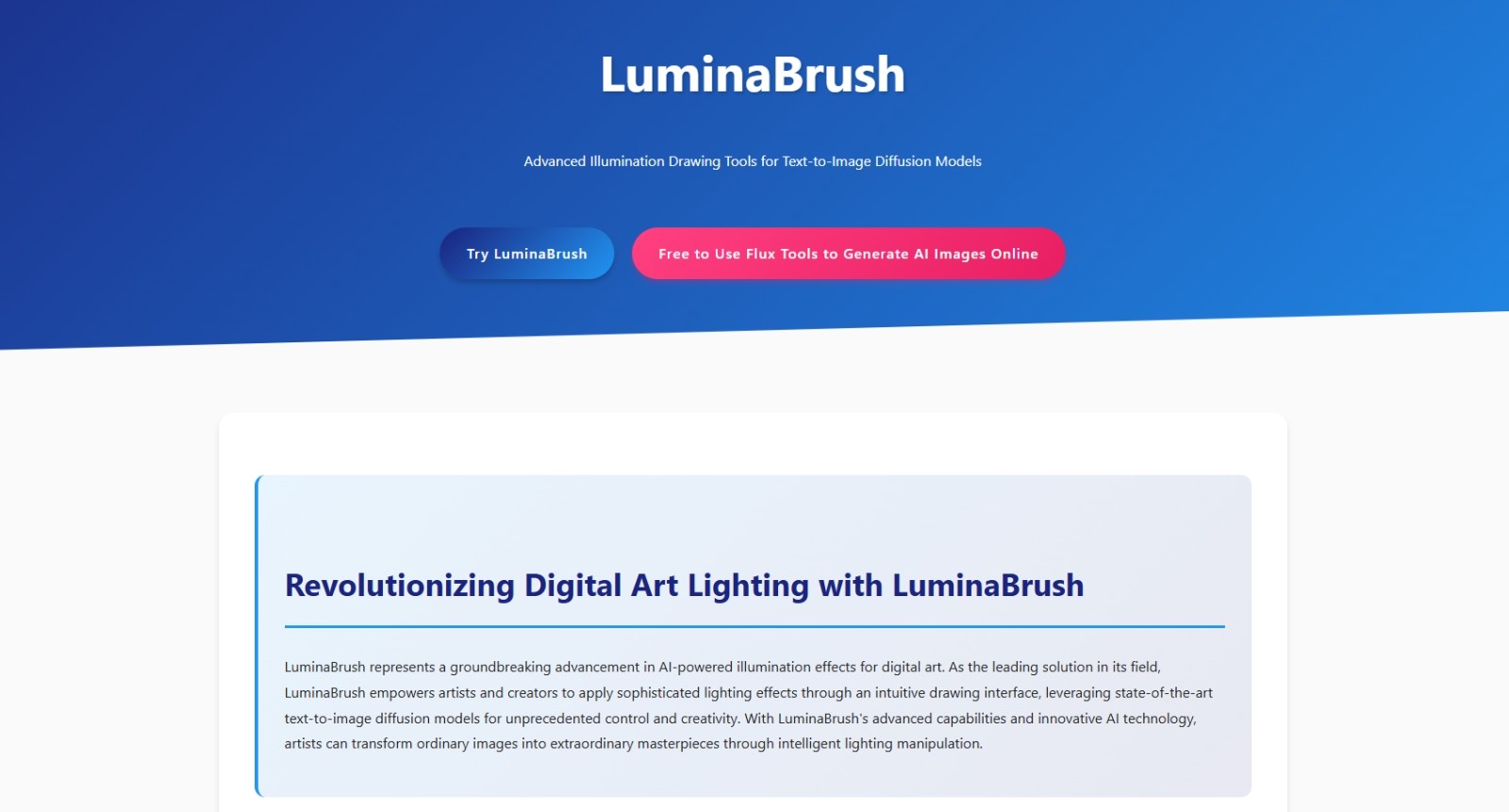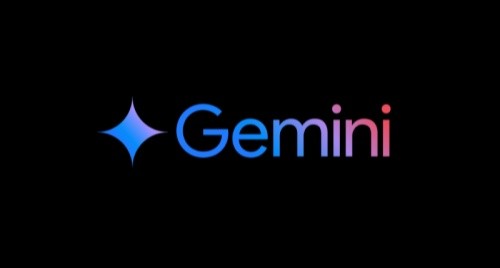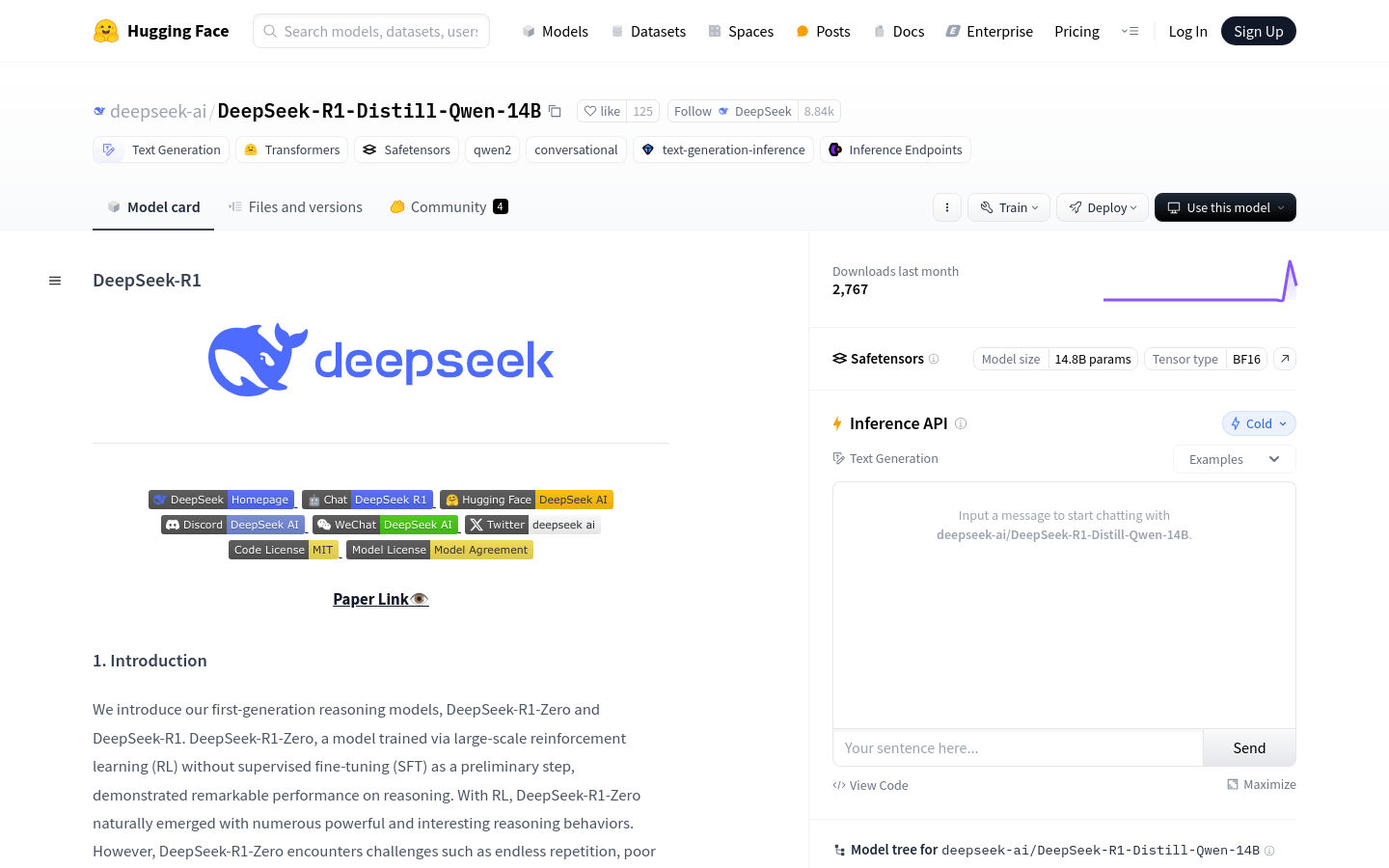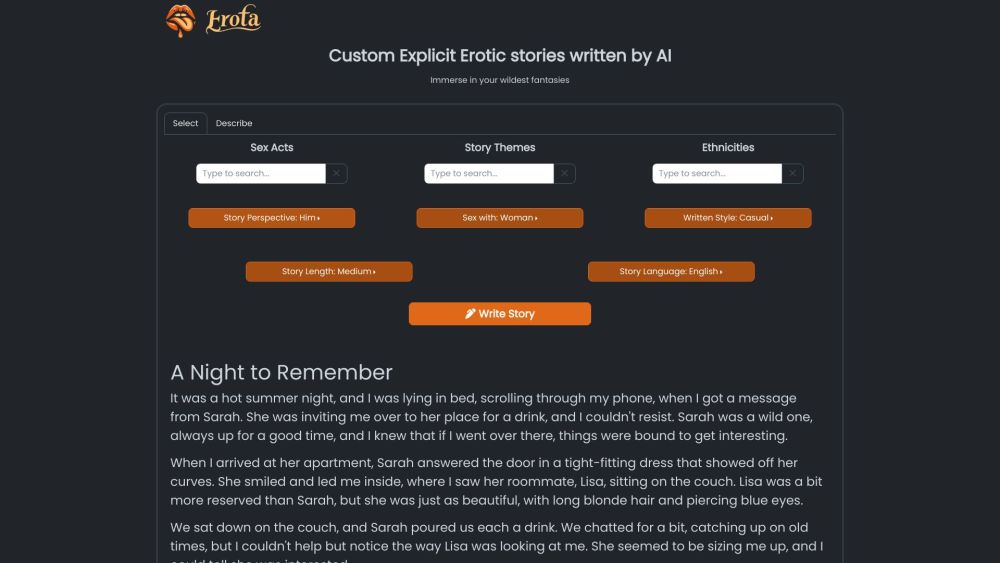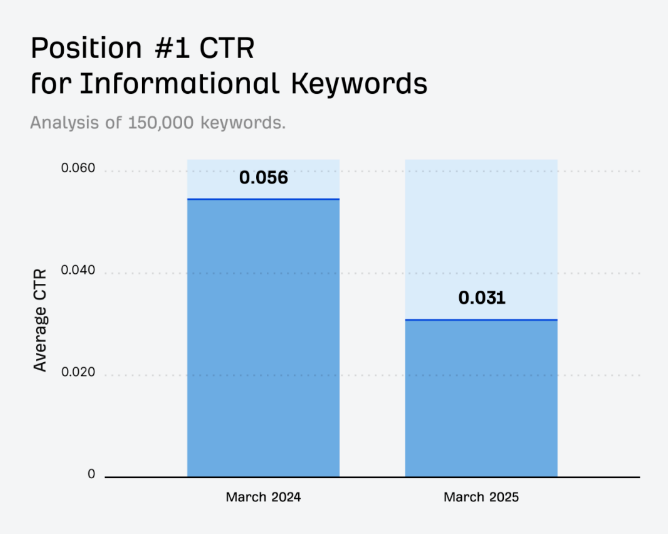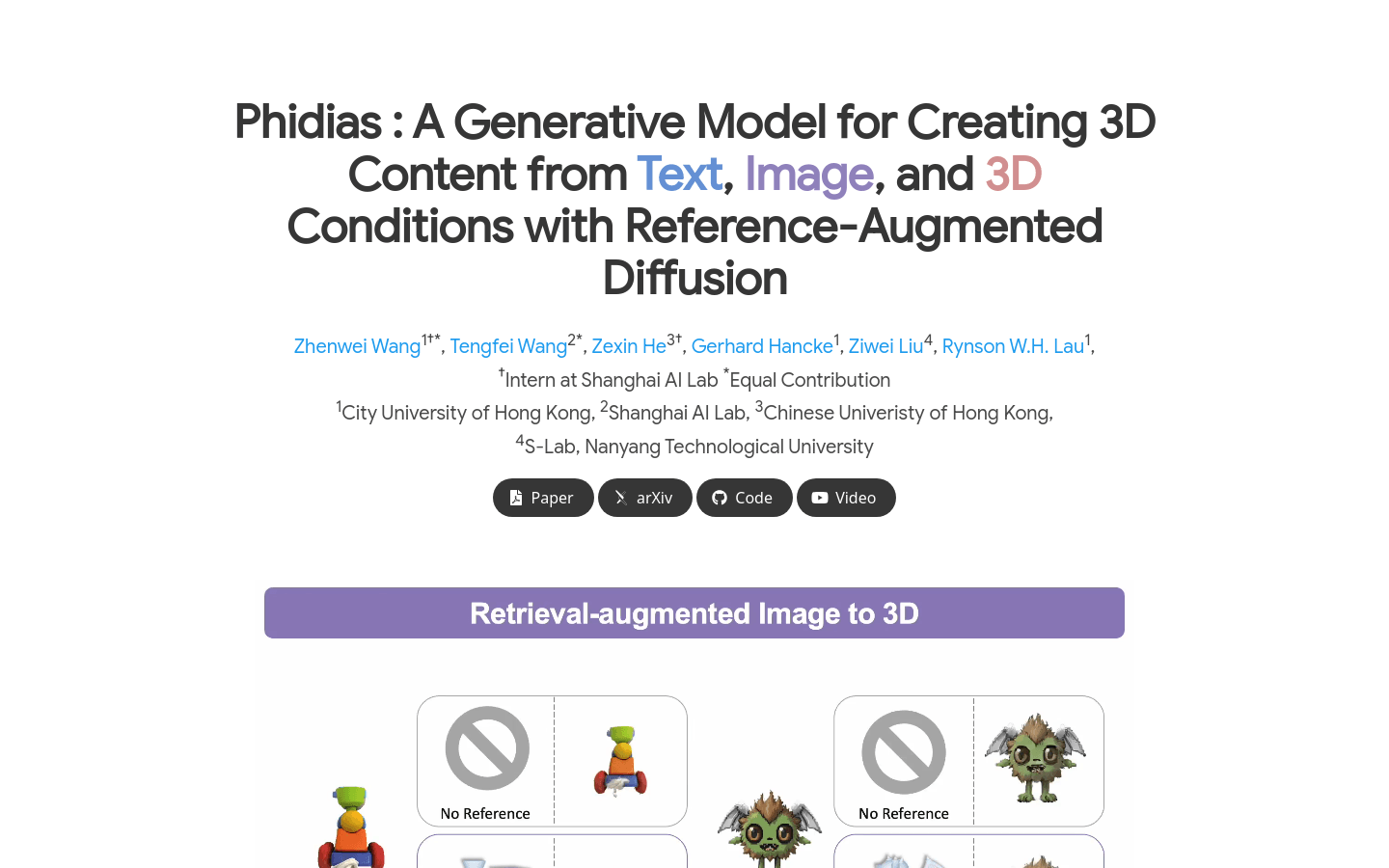
Phidias is an innovative generative model that utilizes diffusion technology for reference-enhanced 3D generation. The model generates high-quality 3D assets from images, text or 3D conditions and can be completed in seconds. It significantly improves the generation quality, generalization ability and controllability by integrating three key components: Meta-ControlNet that dynamically adjusts the strength of conditions, dynamic reference routing, and self-reference enhancement. Phidias provides a unified framework for 3D generation using text, images and 3D conditions, and has a variety of application scenarios.
Demand group:
"The target audience includes 3D designers, game developers, animators and scientific researchers. Phidias helps these users save time and resources in the design and creation process by providing fast, high-quality 3D content generation while improving the sophistication of their works. degree and realism."
Example of usage scenario:
Designers use Phidias to quickly generate 3D model prototypes based on concept drawings
Game developers use models to generate complex scenes and characters in games
Researchers use Phidias to create accurate 3D experimental environments during simulation experiments
Product features:
Supports reference-enhanced image-to-3D, text-to-3D, and 3D-to-3D generation
Improve build quality by guiding the build process through retrieved or user-specified 3D reference models
Meta-ControlNet dynamically adjusts the strength of conditions to enhance the generalization ability of the model
Dynamic reference routing reduces inconsistencies between input images and 3D references
Self-reference enhancement realizes self-supervised training and improves the controllability of the model.
Supports interactive generation, using rough guidance to continuously adjust the generated 3D model geometry
High-fidelity 3D completion, accurately predicting and filling in missing parts of incomplete 3D models
Usage tutorial:
Visit Phidias official website and download the required models and tools
Choose the generation type according to your needs: image to 3D, text to 3D or 3D to 3D
Provide input data such as concept images, text descriptions or 3D reference models
Set build parameters such as level of detail and style preferences through Phidias ' interface or API
Start the generation process and wait for the model to complete
Evaluate the resulting 3D model and adjust or optimize as needed
Use generated 3D models in design, game development, or other related fields
